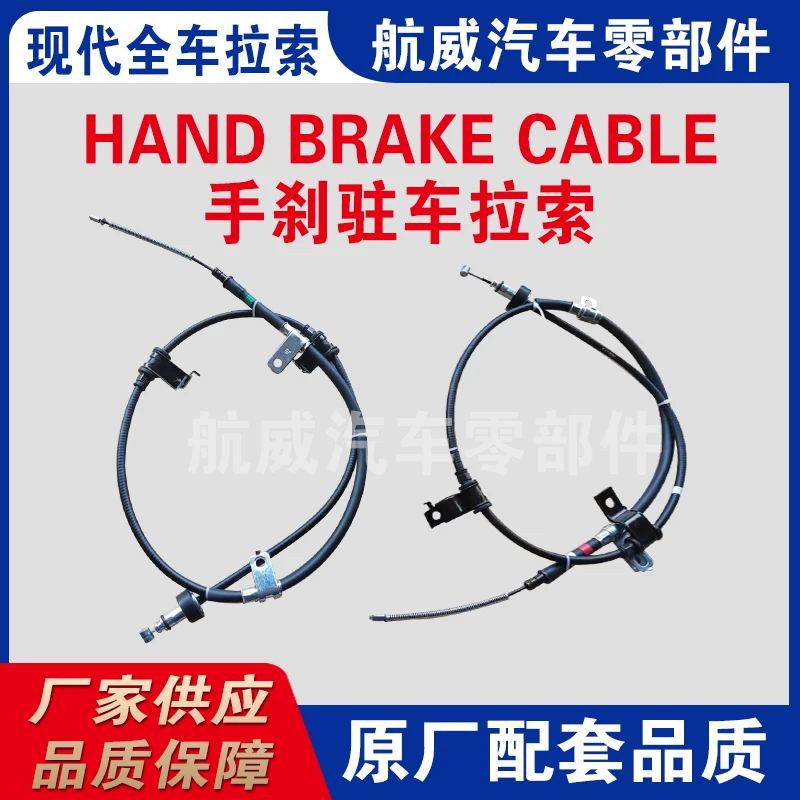Automatic Transmission Gear Shifting Mechanisms and Their Linkage Systems Explained
The Evolution and Mechanism of Automatic Shift Linkage in Vehicles
In the landscape of automotive engineering, the automatic shift linkage system stands as a crucial part of the overall functionality of modern vehicles. As vehicles transitioned from manual to automatic transmissions, the need for a sophisticated and reliable shift linkage became imperative. This article explores the evolution, mechanics, and significance of automatic shift linkage in improving driving experience and vehicle performance.
Historical Context
The automobile industry has evolved significantly since the introduction of the first gasoline-powered vehicles in the late 19th century. Early cars were equipped with manual transmissions that required drivers to engage gears manually, necessitating a level of skill and attention that could often distract from the overall driving experience. The advent of automatic transmissions in the mid-20th century marked a turning point, allowing for smoother and easier driving without the need for constant gear changes. This innovation led to the development of automatic shift linkage systems, which play a key role in facilitating seamless transitions between gears.
Understanding Automatic Shift Linkage
Automatic shift linkage refers to the mechanical or electronic system that connects the gear selector (usually located on the steering column or floor console) to the transmission itself. When a driver selects a gear, the shift linkage translates that input into mechanical motion, enabling the transmission to shift accordingly. This linkage can be comprised of various components, including levers, rods, cables, and electronic sensors, depending on the vehicle's design.
The shift linkage operates under certain principles. The driver may move a shifter from 'Park' to 'Drive,' which sends a signal to the transmission, allowing it to engage the appropriate gear. In modern vehicles, advanced automatic shift linkage systems incorporate electronic control units (ECUs) that facilitate precise gear shifts, enhancing the vehicle's responsiveness and performance.
Types of Shift Linkage Systems
There are primarily two types of automatic shift linkage systems cable-operated and electronically controlled.
1. Cable-Operated Shift Linkage This traditional approach utilizes cables to connect the gear shifter to the transmission. When a driver moves the gear lever, the cable pulls or pushes the corresponding linkage in the transmission, activating the necessary components to effect a gear change. While reliable, this system can experience wear and may require occasional maintenance.
automatic shift linkage

2. Electronically Controlled Shift Linkage This modern innovation leverages electronic signals to manage gear shifts. Instead of physical cables, sensors detect the position of the gear shifter and communicate with the transmission's ECU. This allows for precision control, enabling quicker and smoother gear changes than traditional systems. Furthermore, electronic control provides the flexibility for features such as adaptive shifting, where the vehicle learns the driver’s behavior and adjusts shift patterns accordingly.
Benefits of Automatic Shift Linkage
The significance of automatic shift linkage extends far beyond mere convenience. It enhances safety, comfort, and efficiency in several ways
- Ease of Use Automatic shift linkage removes the need for drivers to manually change gears, allowing them to focus on the road, especially in heavy traffic conditions.
- Improved Performance Modern automobiles equipped with electronically controlled shift linkages can shift gears more swiftly and accurately, enhancing vehicle performance and fuel efficiency.
- Safety Enhancements Advanced shift linkages incorporate safety features that prevent accidental gear shifts, such as interlocks that ensure the vehicle remains in 'Park' until the brake is engaged.
- Integration with Advanced Driver Assistance Systems (ADAS) Many modern shift linkages are integrated with ADAS, providing a seamless transition in dynamic driving situations and further enhancing the driving experience.
Conclusion
The evolution of automatic shift linkage systems reflects the automotive industry's commitment to innovation and improving the driving experience. As technology continues to advance, we can expect even more sophisticated systems that enhance the functionality, safety, and performance of vehicles. The automatic shift linkage is not just a component; it is a blend of engineering and design that plays an essential role in the modern driving experience, transforming the way we interact with our vehicles. As we look to the future, the integration of smarter technologies in automatic shift linkages will undoubtedly pave the way for safer, more efficient, and more enjoyable drives.
-
Upgrade Your Vehicle with High-Quality Handbrake CablesNewsNov.01,2024
-
Optimize Your Bike's Performance with Quality CablesNewsNov.01,2024
-
Enhance Your Vehicle's Performance with Quality Clutch ComponentsNewsNov.01,2024
-
Elevate Your Vehicle's Performance with Quality Throttle CablesNewsNov.01,2024
-
Elevate Your Vehicle's Performance with Quality CablesNewsNov.01,2024
-
Affordable Solutions for Your Cable NeedsNewsNov.01,2024
